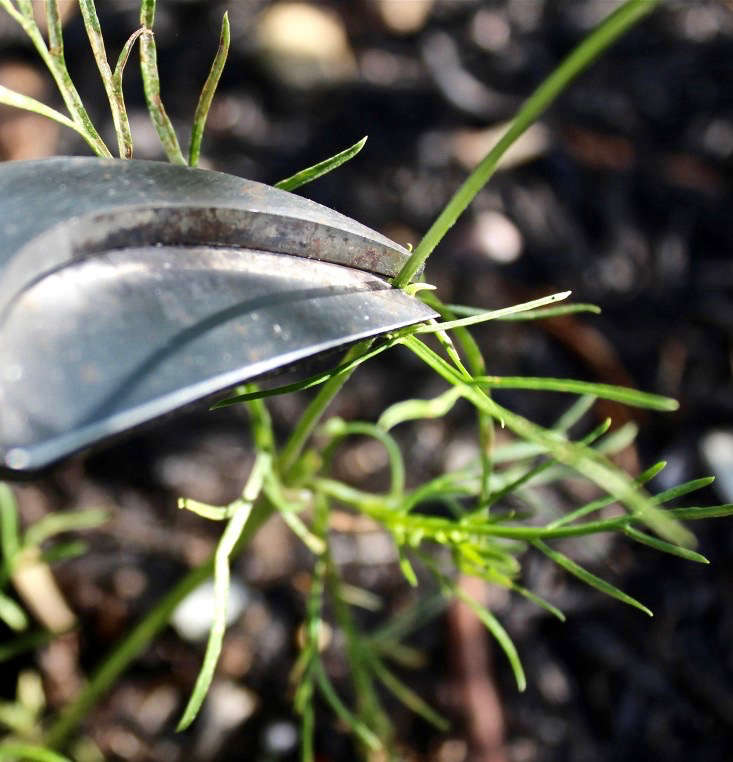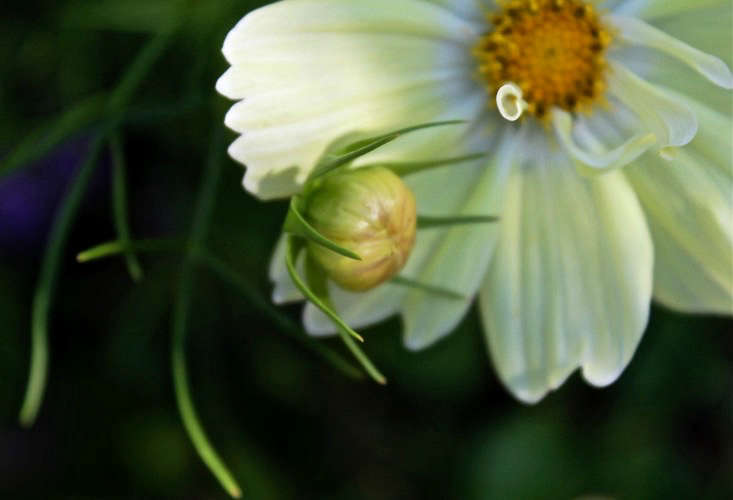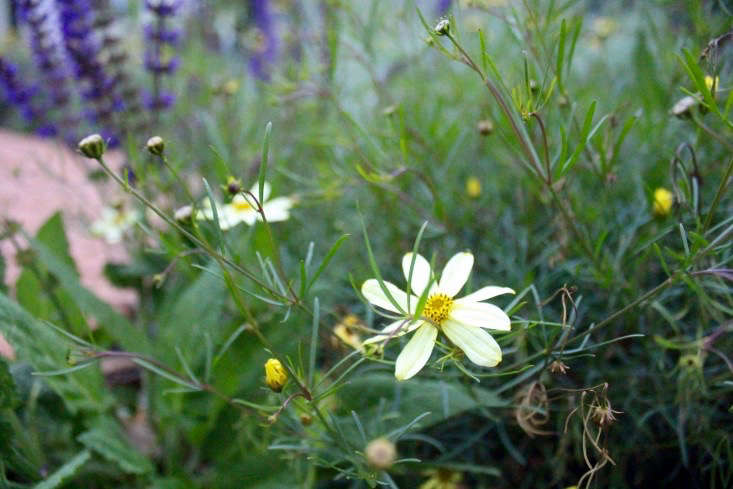Every summer there’s a peak season, when all the flowers in my garden decide to bloom in concert. This grand collusion lasts for…a day? Maybe two. The rest of the year I spend coaxing everybody into re-blooming. The best encouragement: deadheading.
Grab a pair of clippers and let’s get started. First, a definition: To deadhead means to remove spent blooms from a plant so it doesn’t waste energy setting seed when you would prefer it to put its efforts toward more producing flowers.
Most gardeners know it’s a good idea to deadhead annuals—such as cosmos and other one-season flowers—to keep them blooming all summer long. But if you grow mostly perennials, like me, deadheading is still worth the effort. You will be surprised to see how many more buds your shrub roses produce and how bushy the yarrow clumps get if you keep after them with the clippers.
Here are some examples from my own flower garden to give you ideas about how to deadhead perennials and annuals:
Photography by Michelle Slatalla.
How to Deadhead

As we wade in with our pruners, remember: The general rule of thumb when deadheading is to cut off a flower—the whole flower, not just its petals—and its stem just above the first leaf below it. Don’t leave a naked stem sticking up in the air; cut it back cleanly to encourage new growth from the base of the plant.
Here are some examples from my garden:
Cosmos



Salvia

Coreopsis

Foxgloves

Heliotrope

Roses


See You Tomorrow

N.B.: This post is an update; it was first published in May 2018.
For more on worthwhile gardening chores, see:
- Gardening 101: How to Use Eggshells in the Garden.
- Dirty Secrets: 9 Ways to Improve Garden Soil
- Landscaping 101: Mulch









Have a Question or Comment About This Post?
Join the conversation